Home>Technology>Security & Surveillance>How Does An Electronic Door Lock Work
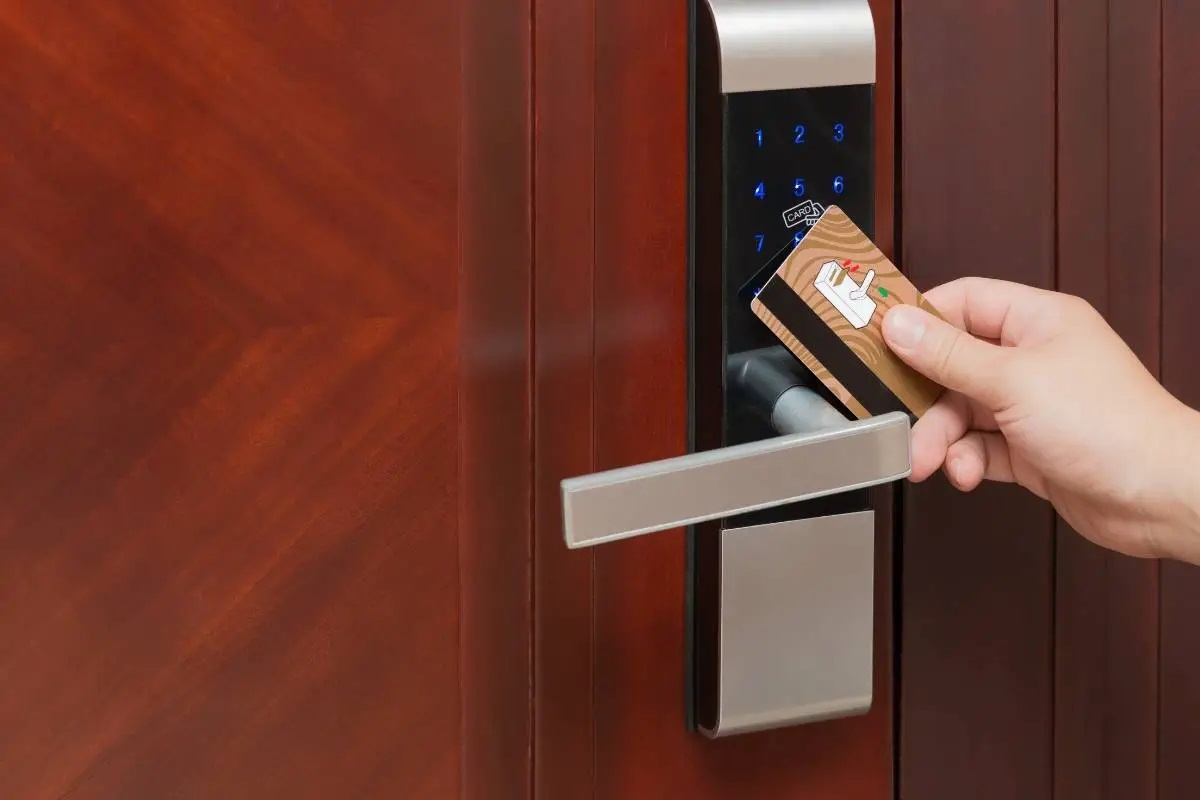

Security & Surveillance
How Does An Electronic Door Lock Work
Modified: October 19, 2024
Learn how electronic door locks provide advanced security and surveillance, and discover the technology behind their operation. Explore the benefits and features of electronic locks for your home or business.
(Many of the links in this article redirect to a specific reviewed product. Your purchase of these products through affiliate links helps to generate commission for Storables.com, at no extra cost. Learn more)
Introduction
Read more: How Does A Garage Door Lock Work
Introduction
Welcome to the world of electronic door locks, where cutting-edge technology meets the age-old need for security. In an era defined by technological advancements, traditional key-and-lock systems are gradually being replaced by their electronic counterparts. These innovative devices offer enhanced security, convenience, and peace of mind for homeowners and business owners alike.
Electronic door locks utilize state-of-the-art technology to provide secure access control to residential and commercial properties. By integrating electronic components and advanced authentication methods, these locks offer a level of security that surpasses traditional mechanical locks. Whether it’s a sleek keyless entry system or a sophisticated biometric lock, electronic door locks are revolutionizing the way we safeguard our homes and businesses.
In this comprehensive guide, we will delve into the intricacies of electronic door locks, exploring their components, working mechanisms, types, as well as their advantages and disadvantages. By the end of this journey, you will have a deeper understanding of how electronic door locks operate and the benefits they offer in terms of security and convenience.
Key Takeaways:
- Electronic door locks use advanced technology like fingerprint scanning and key cards to provide enhanced security and convenience, replacing traditional locks with innovative access control systems.
- While electronic door locks offer keyless entry and customized access control, they also require a reliable power source and may have initial installation costs, making it important to weigh their benefits and limitations.
Components of an Electronic Door Lock
Electronic door locks consist of several key components that work in harmony to provide secure access control. Understanding these components is essential for comprehending the functionality and security features of electronic door locks.
1. Control Module:
The control module serves as the brain of the electronic door lock system. It processes user input, manages authentication methods, and controls the locking and unlocking mechanisms. This crucial component is responsible for executing the programmed access protocols and ensuring the overall functionality of the lock.
2. Authentication Methods:
Electronic door locks employ various authentication methods to verify the identity of individuals seeking access. These methods include PIN codes, key cards, RFID tags, biometric scans (such as fingerprint or retina recognition), and smartphone-based authentication. Each method offers unique advantages in terms of security and user convenience.
Read more: How Does A Portable Door Lock Work
3. Locking Mechanism:
The locking mechanism of an electronic door lock is designed to secure the door and prevent unauthorized entry. Depending on the type of lock, the mechanism may involve motorized deadbolts, electromagnetic latches, or solenoid-driven bolts. These components are activated upon successful authentication to either lock or unlock the door.
4. Power Source:
Electronic door locks require a reliable power source to operate effectively. While some models are battery-powered, others may be hardwired into the building’s electrical system. The power source ensures continuous functionality and allows the lock to remain operational even during power outages.
5. Communication Interface:
Many electronic door locks are equipped with communication interfaces that enable connectivity with external devices or centralized control systems. These interfaces may include Wi-Fi, Bluetooth, or Zigbee, facilitating remote access, integration with smart home systems, and real-time monitoring and management.
By understanding the fundamental components of electronic door locks, users can appreciate the sophisticated engineering behind these advanced security solutions. The seamless integration of these components results in a robust and reliable access control system that enhances the overall security of residential and commercial properties.
Working Mechanism of an Electronic Door Lock
Electronic door locks operate through a sophisticated process that seamlessly integrates advanced technology with secure access control. Understanding the working mechanism of these innovative locks sheds light on their reliability and effectiveness in safeguarding properties.
Read more: How Does A Magnetic Door Lock Work
1. User Authentication:
When an individual approaches an electronic door lock, they initiate the authentication process by presenting their credentials through a designated method, such as entering a PIN code, swiping a key card, scanning a fingerprint, or using a smartphone app. The lock’s control module then verifies the provided credentials to determine if the user is authorized to access the premises.
2. Credential Verification:
Upon receiving the user’s credentials, the electronic door lock’s control module compares the provided information with the stored data in its memory. This verification process ensures that the user’s identity is authenticated based on pre-registered access permissions. If the credentials are valid, the lock proceeds to the next stage of the access protocol.
3. Locking Mechanism Activation:
Once the user’s credentials are successfully authenticated, the locking mechanism of the electronic door lock is activated according to the predetermined access permissions. This may involve retracting a motorized deadbolt, disengaging an electromagnetic latch, or releasing a solenoid-driven bolt, depending on the specific design and functionality of the lock.
4. Access Granted or Denied:
Based on the outcome of the authentication and verification process, the electronic door lock either grants or denies access to the individual. If access is granted, the door is unlocked, allowing the user to enter the premises. Conversely, if access is denied, the lock remains secured, preventing unauthorized entry.
Read more: How Does A Smart Door Lock Work
5. System Feedback and Logging:
Electronic door locks often provide feedback to users and administrators regarding access attempts and the status of the lock. This feedback may include visual indicators, audible signals, or electronic notifications sent to connected devices. Additionally, many electronic locks maintain access logs, recording details of each access attempt for security and auditing purposes.
By following this systematic process, electronic door locks ensure secure and reliable access control, offering peace of mind to property owners and occupants. The seamless integration of user authentication, credential verification, and precise locking mechanisms forms the foundation of the electronic door lock’s working mechanism.
Types of Electronic Door Locks
Electronic door locks come in various types, each offering unique features and functionalities to cater to diverse security needs and user preferences. Understanding the different types of electronic door locks provides insight into the range of options available for securing residential and commercial properties.
1. Keypad or Touchscreen Locks:
Keypad or touchscreen locks feature a numeric keypad or touch-sensitive screen for user input. Users can enter a PIN code to gain access, eliminating the need for physical keys. These locks offer convenience and the ability to assign unique PIN codes to different individuals, enhancing security and access control.
2. Key Fob or Key Card Locks:
Key fob or key card locks utilize RFID technology to grant access. Users present a key fob or key card to a reader, which then verifies the credentials and unlocks the door if authorized. This type of lock is commonly used in commercial settings and provides a streamlined access control solution.
Read more: How A Door Lock Works
3. Biometric Locks:
Biometric locks employ advanced biometric authentication methods, such as fingerprint scanning, retina recognition, or palm vein authentication, to verify the identity of individuals seeking access. These locks offer a high level of security and eliminate the risk of unauthorized access through stolen credentials.
4. Smart Locks:
Smart locks are integrated with wireless connectivity and can be remotely controlled and monitored using a smartphone or other authorized devices. They often feature additional capabilities, such as voice activation, integration with smart home systems, and the ability to provide access codes to visitors for temporary entry.
5. Electromagnetic Locks:
Electromagnetic locks, also known as maglocks, utilize an electromagnet and an armature plate to secure the door. When the lock is powered, the electromagnet creates a strong magnetic force, keeping the door locked. These locks are commonly used in access control systems and offer high holding strength.
6. Biometric Smart Locks:
Biometric smart locks combine biometric authentication with smart lock features, offering a comprehensive and technologically advanced solution for secure access control. These locks provide the benefits of biometric recognition coupled with the convenience of remote management and monitoring.
Each type of electronic door lock presents distinct advantages and capabilities, allowing property owners to select a solution that aligns with their security requirements and operational preferences. Whether it’s the convenience of keypad locks, the advanced security of biometric locks, or the connectivity of smart locks, the diverse range of options ensures that there is an electronic door lock suited for every application.
Read more: Why Is My Door Lock Not Working
Advantages and Disadvantages of Electronic Door Locks
Electronic door locks offer a host of benefits, but they also come with certain limitations. Understanding the advantages and disadvantages of these innovative security solutions is essential for making informed decisions about their implementation and use.
Advantages:
- Enhanced Security: Electronic door locks provide advanced security features, such as biometric authentication and encryption, reducing the risk of unauthorized access and intrusions.
- Convenience: Keyless entry and remote access capabilities offer unparalleled convenience for users, eliminating the need to carry physical keys and allowing for seamless access management.
- Customized Access Control: Electronic door locks enable property owners to implement customized access control policies, such as assigning unique access codes or biometric profiles to individuals based on their authorization levels.
- Integration with Smart Home Systems: Many electronic locks can be integrated with smart home systems, allowing for centralized control, automation, and the ability to monitor access remotely.
- Activity Logging and Monitoring: Electronic door locks often maintain detailed access logs and provide real-time monitoring, empowering property owners to track access attempts and maintain a comprehensive security record.
Disadvantages:
- Reliance on Power Source: Electronic door locks require a continuous power source, which may pose a challenge during power outages or in the event of battery failure in battery-powered models.
- Initial Cost and Installation: The upfront cost of electronic door locks, especially advanced smart lock models, may be higher than traditional mechanical locks. Additionally, professional installation may be required for certain types of electronic locks.
- Technical Vulnerabilities: Like any electronic device, electronic door locks may be susceptible to technical vulnerabilities, such as hacking or electronic malfunctions, necessitating robust cybersecurity measures.
- Learning Curve: Users transitioning from traditional locks to electronic door locks may experience a learning curve in terms of understanding and adapting to the operation and features of the new locks.
- Maintenance and Compatibility: Electronic door locks may require periodic maintenance, software updates, and compatibility checks with other devices or systems to ensure optimal functionality.
By weighing the advantages and disadvantages of electronic door locks, property owners can make informed decisions regarding the implementation and utilization of these advanced security solutions. While the benefits of enhanced security, convenience, and customization are compelling, it’s essential to address the potential limitations and ensure that electronic door locks align with specific security needs and operational requirements.
Conclusion
Electronic door locks represent a paradigm shift in the realm of security and access control, offering a blend of cutting-edge technology and robust security features. As traditional key-and-lock systems make way for their electronic counterparts, property owners are presented with a myriad of options to fortify their residential and commercial properties.
By delving into the components, working mechanisms, types, and the advantages and disadvantages of electronic door locks, it becomes evident that these innovative security solutions are designed to meet the evolving needs of modern-day security. The integration of authentication methods, precise locking mechanisms, and smart features ensures that electronic door locks provide a comprehensive and reliable means of access control.
Whether it’s the convenience of keyless entry, the advanced security of biometric authentication, or the seamless integration with smart home systems, electronic door locks offer a spectrum of benefits that cater to diverse security requirements. The ability to customize access control, monitor access attempts, and seamlessly manage entry permissions further enhances the appeal of electronic door locks.
However, it’s important to acknowledge the potential challenges associated with electronic door locks, including power source reliance, technical vulnerabilities, and initial costs. Addressing these considerations and implementing robust security protocols are crucial for maximizing the effectiveness and reliability of electronic door locks.
As technology continues to advance, electronic door locks are poised to evolve further, offering enhanced features, improved connectivity, and heightened security measures. Property owners can leverage these advancements to fortify their properties and embrace the convenience and peace of mind that electronic door locks provide.
In conclusion, electronic door locks represent a pivotal advancement in security technology, empowering property owners with a diverse array of options to safeguard their premises. By understanding the intricacies of electronic door locks and carefully evaluating their benefits and considerations, property owners can make informed decisions to enhance the security and accessibility of their residential and commercial properties.
Frequently Asked Questions about How Does An Electronic Door Lock Work
Was this page helpful?
At Storables.com, we guarantee accurate and reliable information. Our content, validated by Expert Board Contributors, is crafted following stringent Editorial Policies. We're committed to providing you with well-researched, expert-backed insights for all your informational needs.
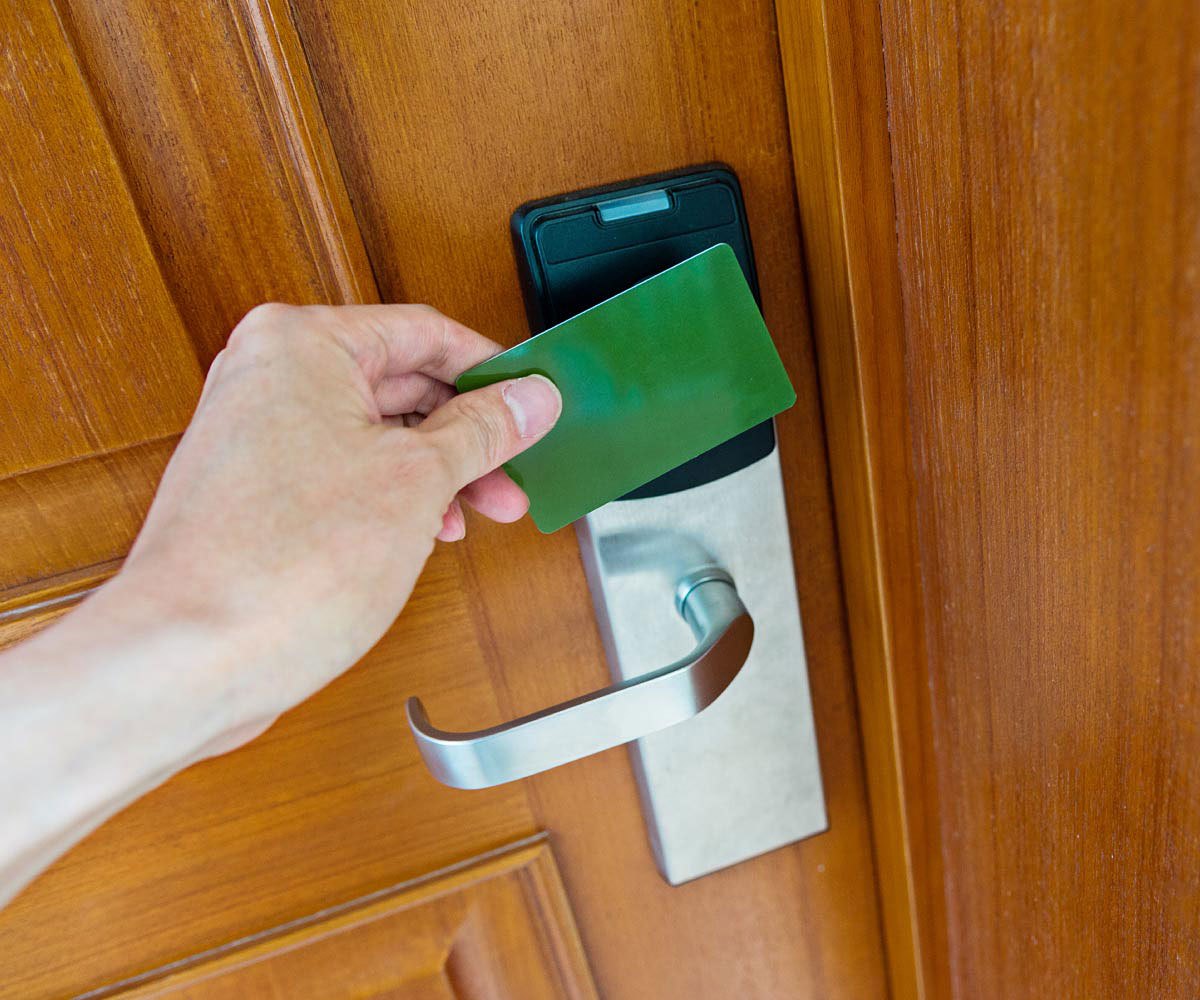
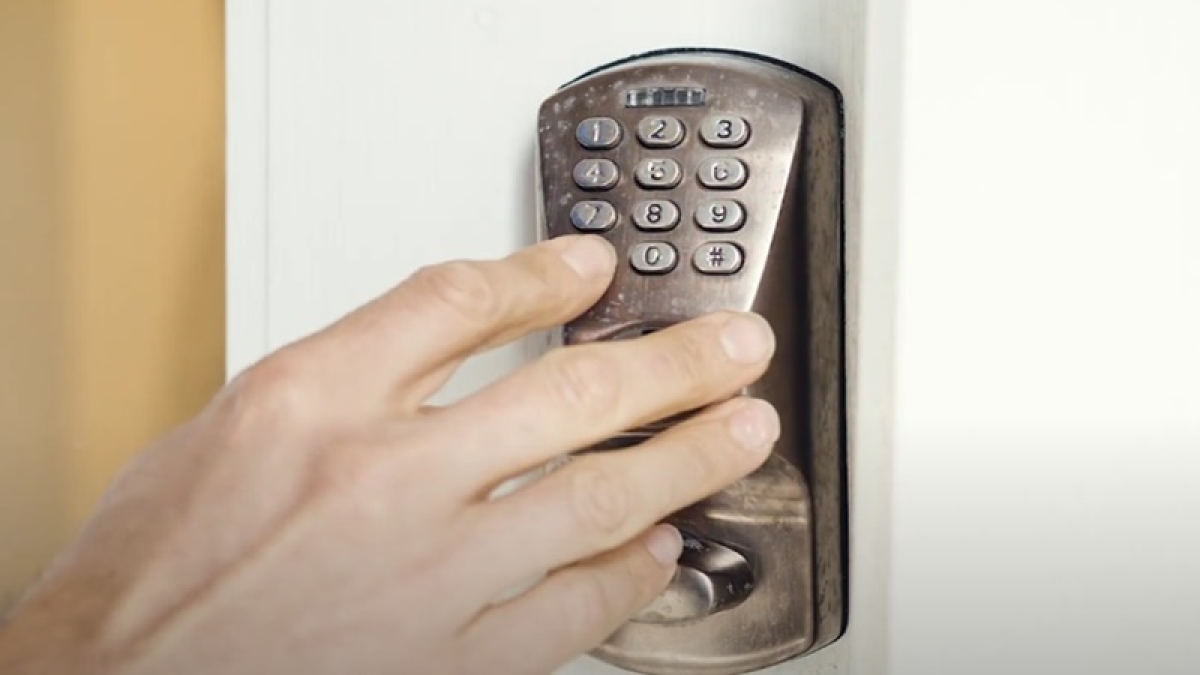
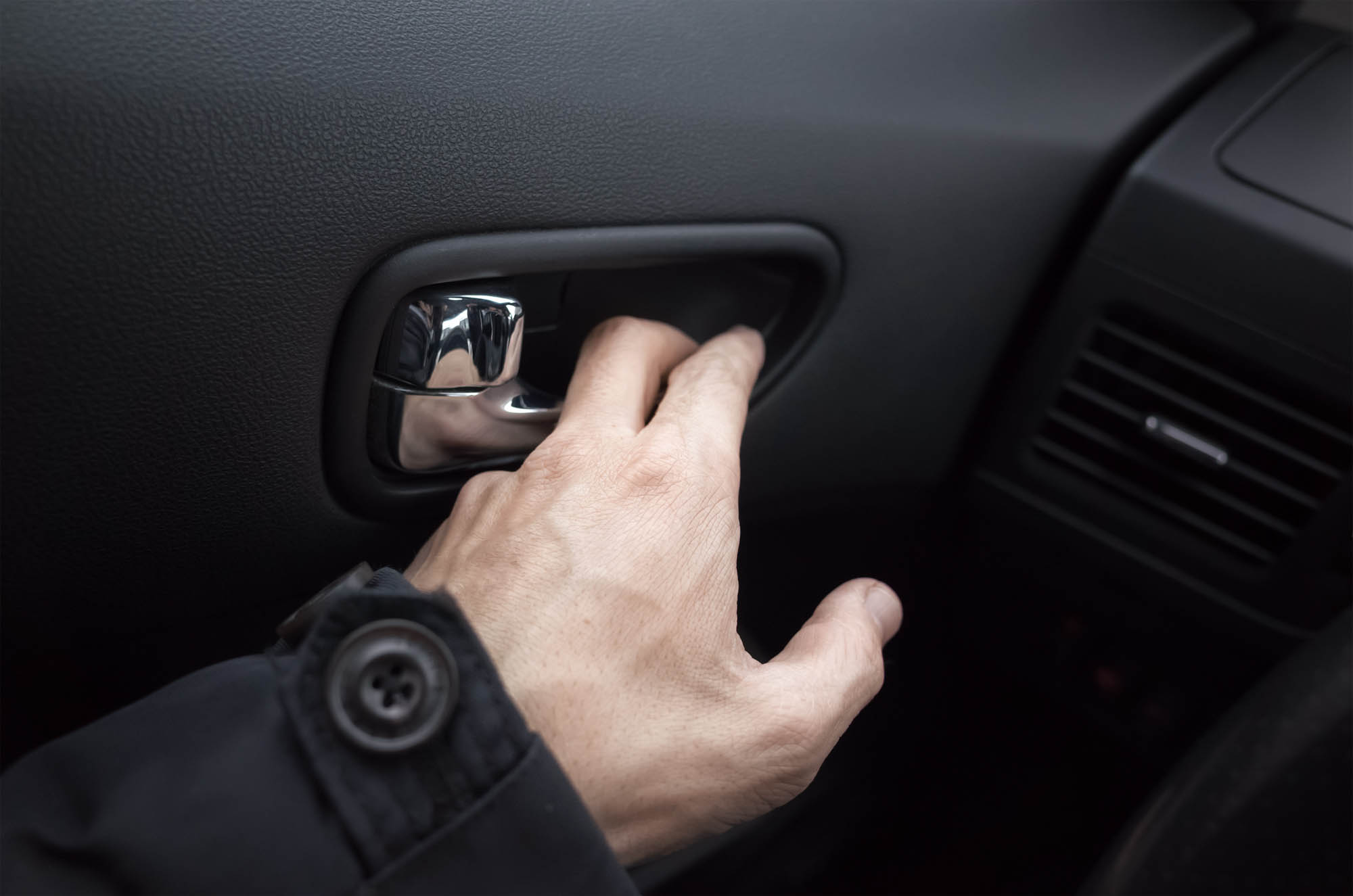
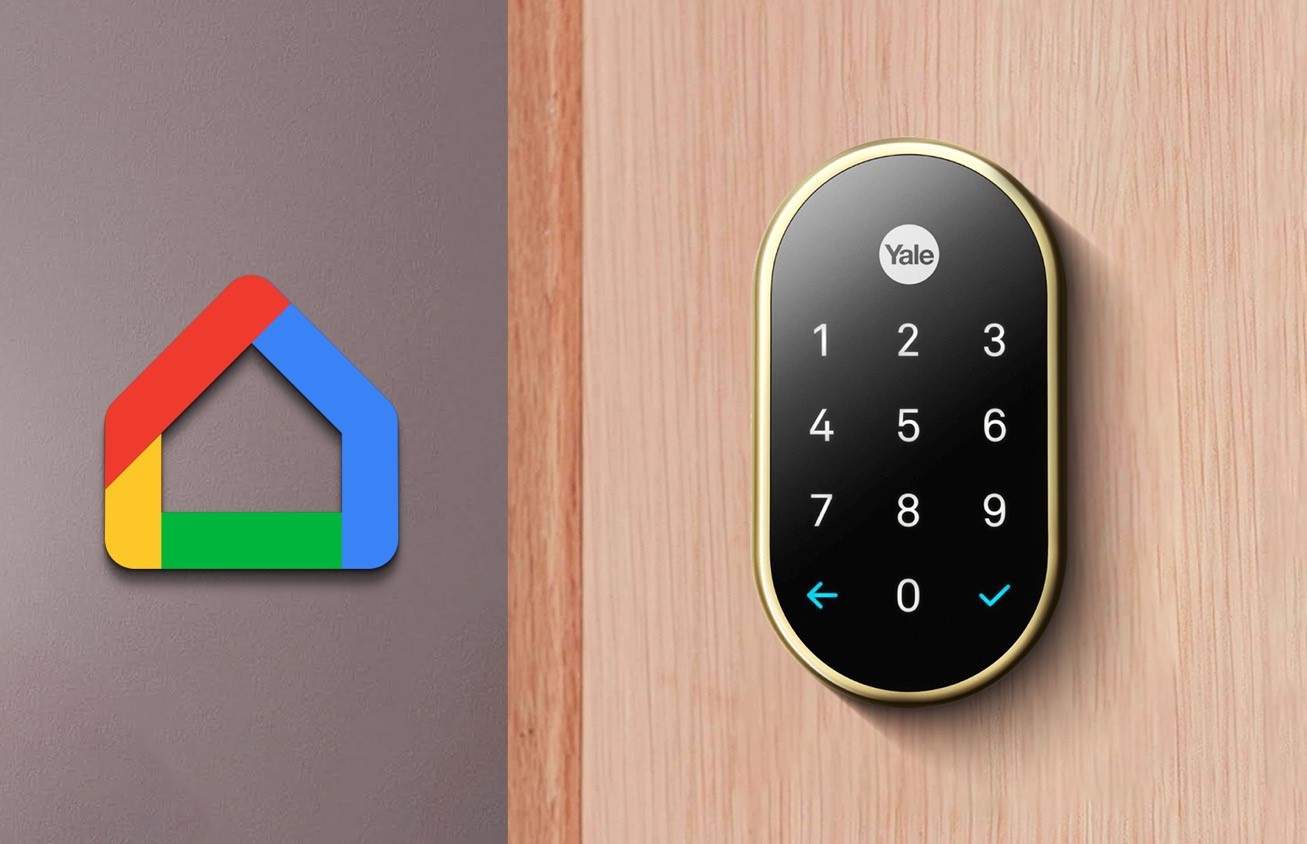

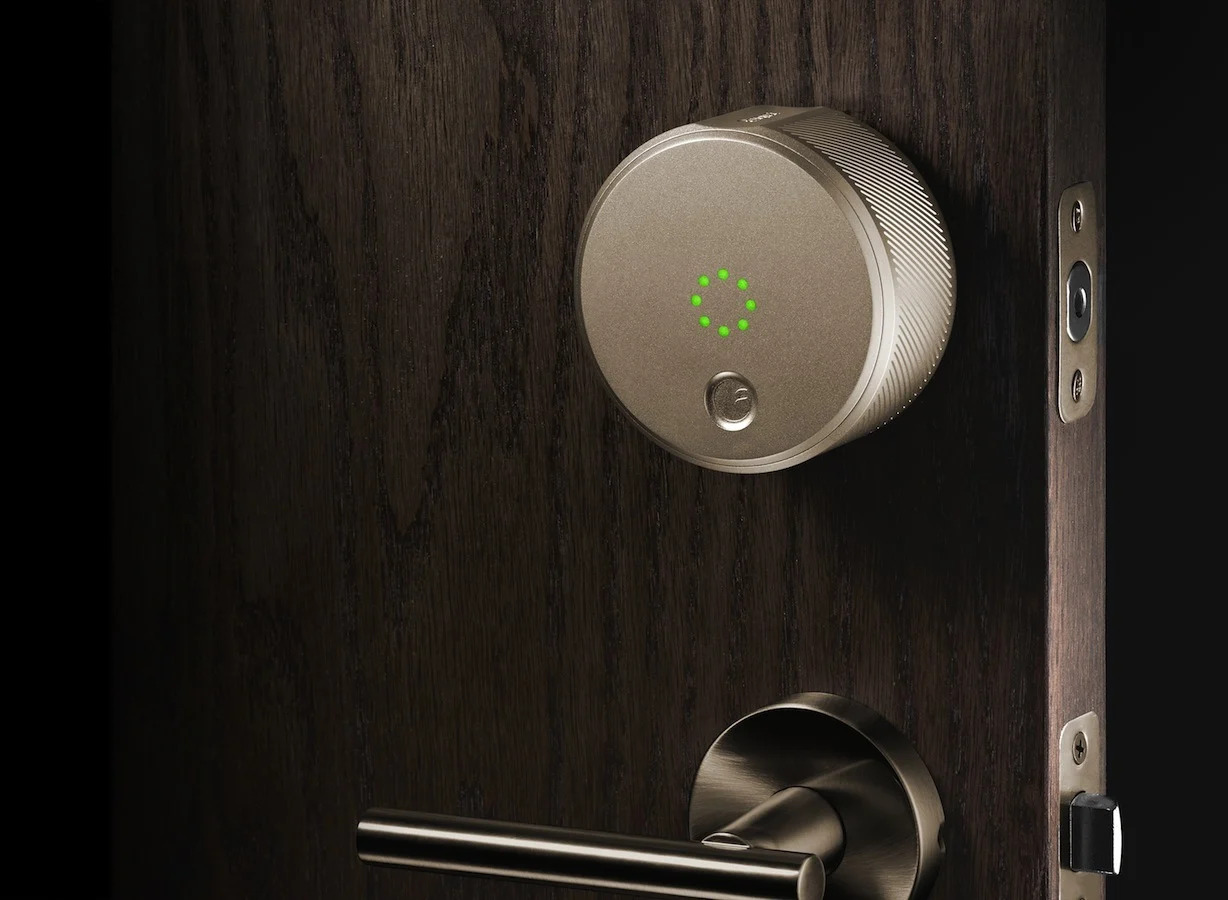
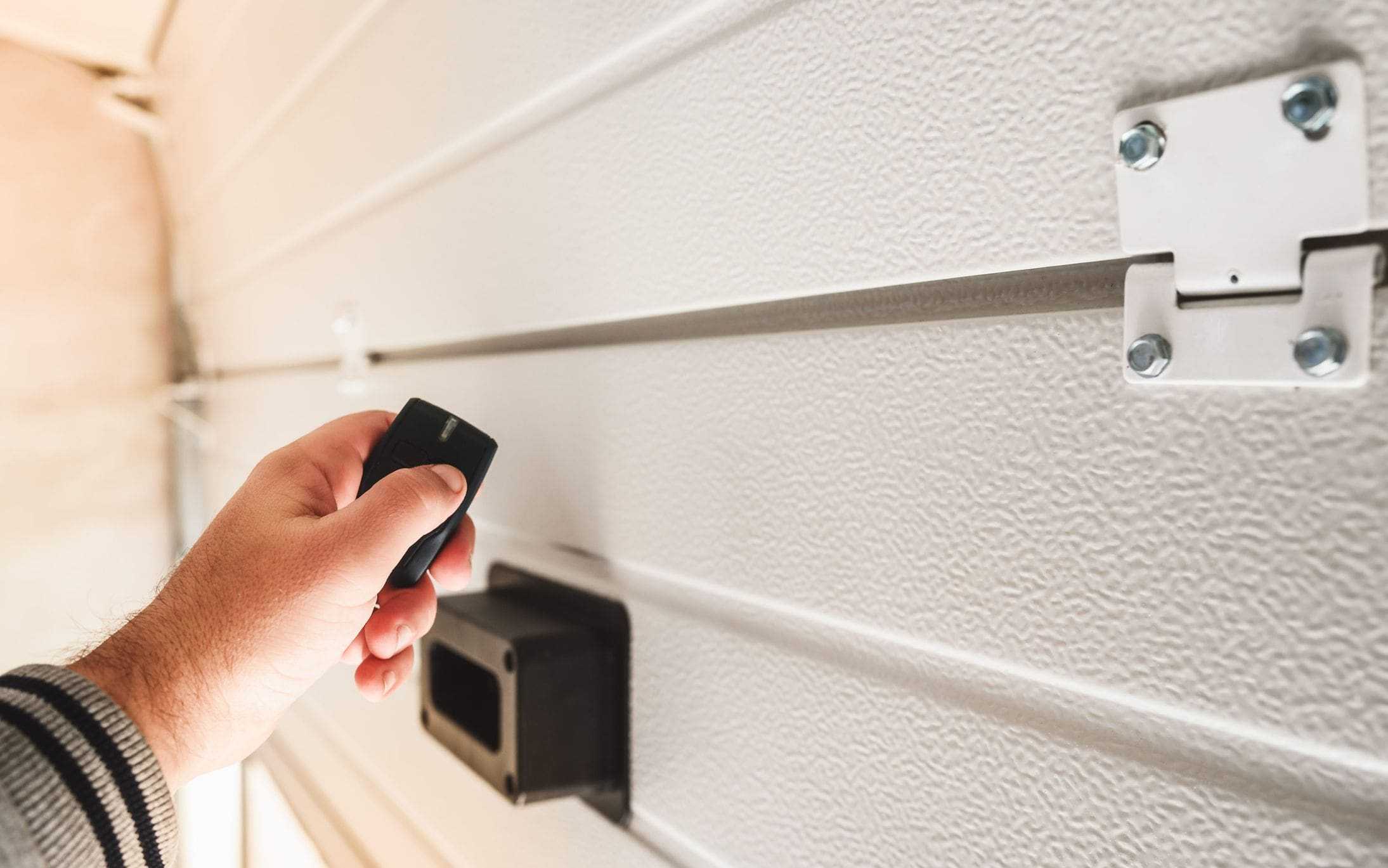
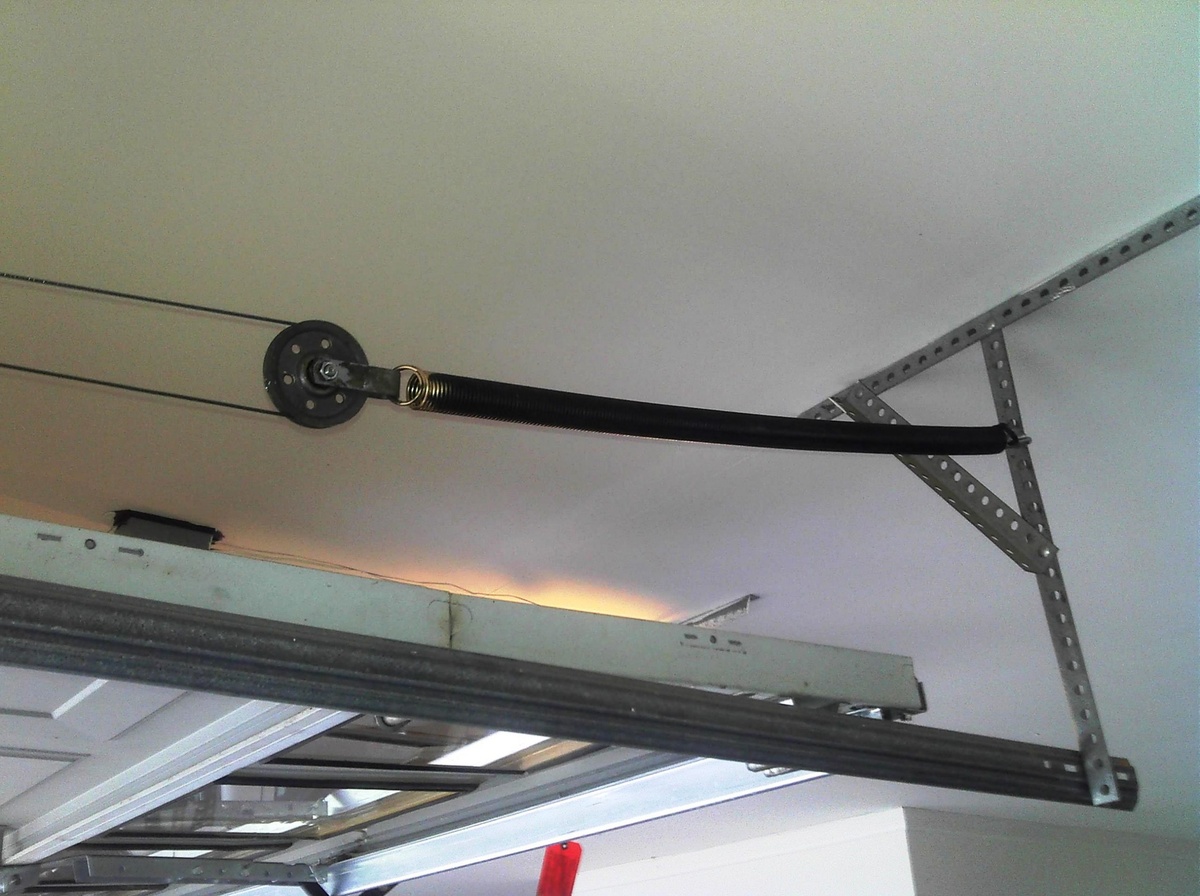
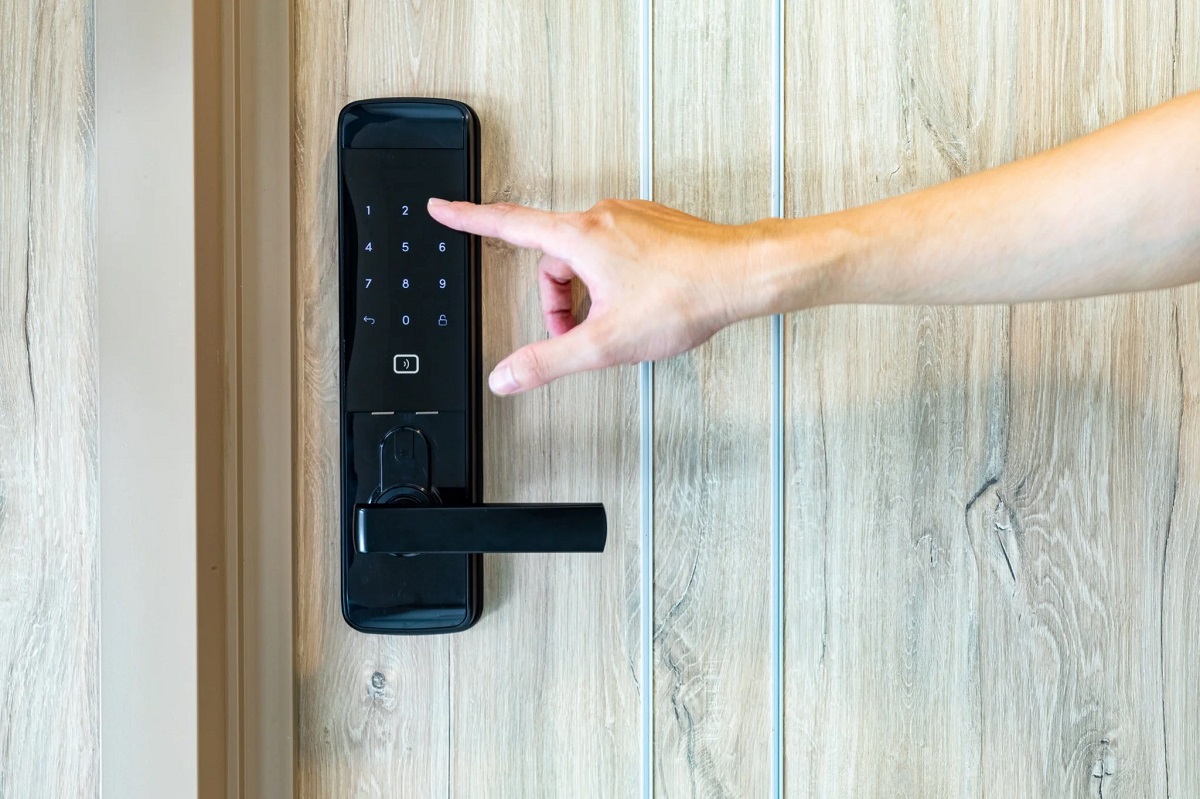
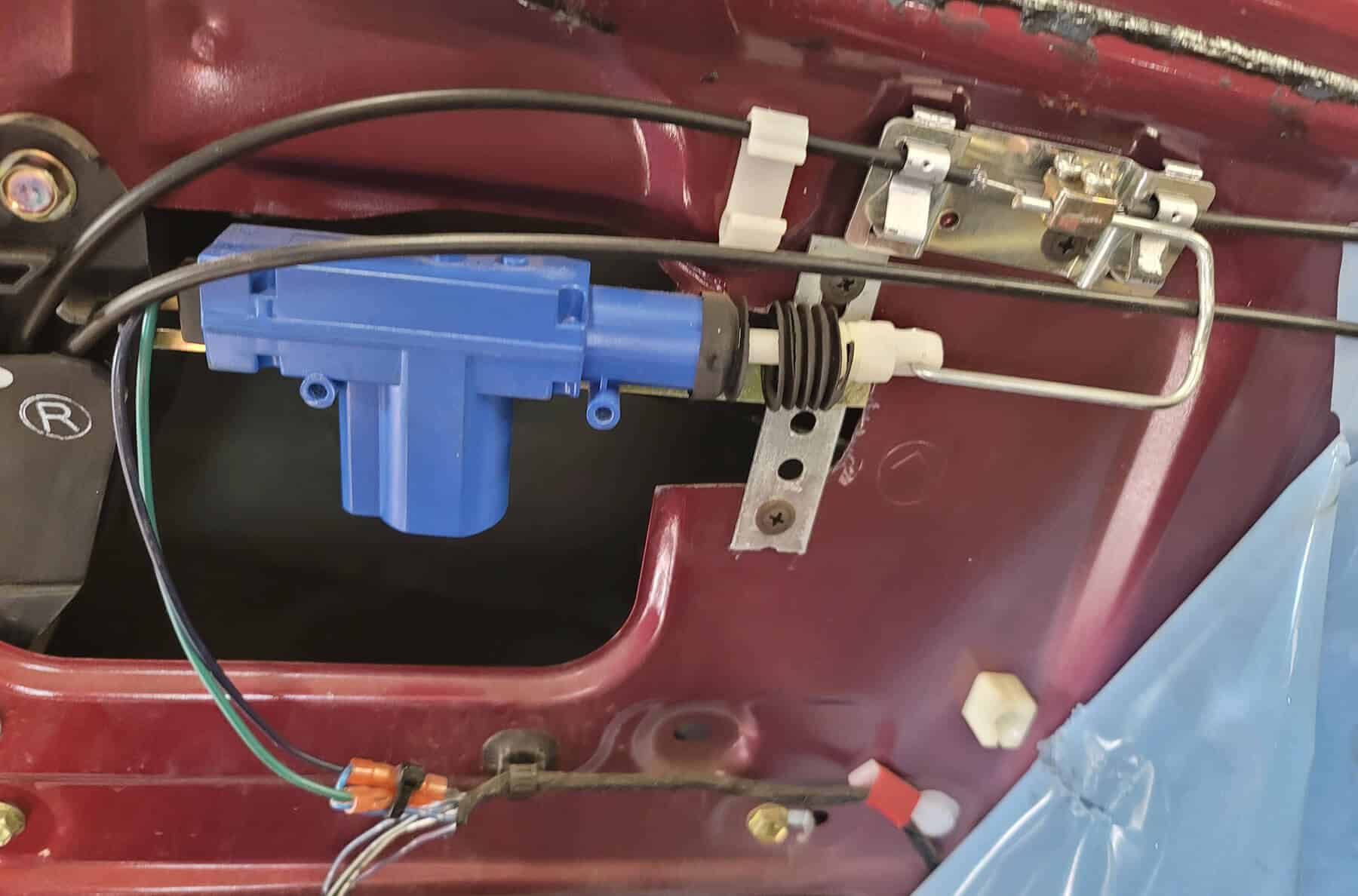

0 thoughts on “How Does An Electronic Door Lock Work”